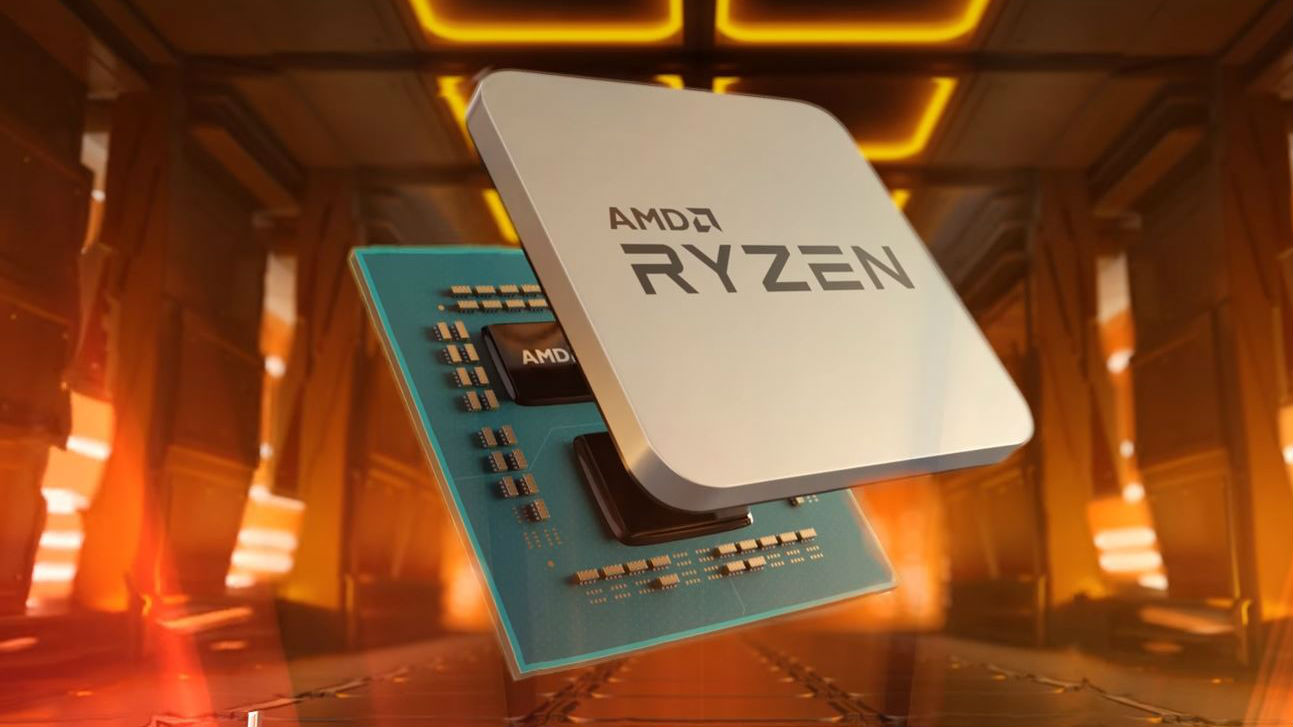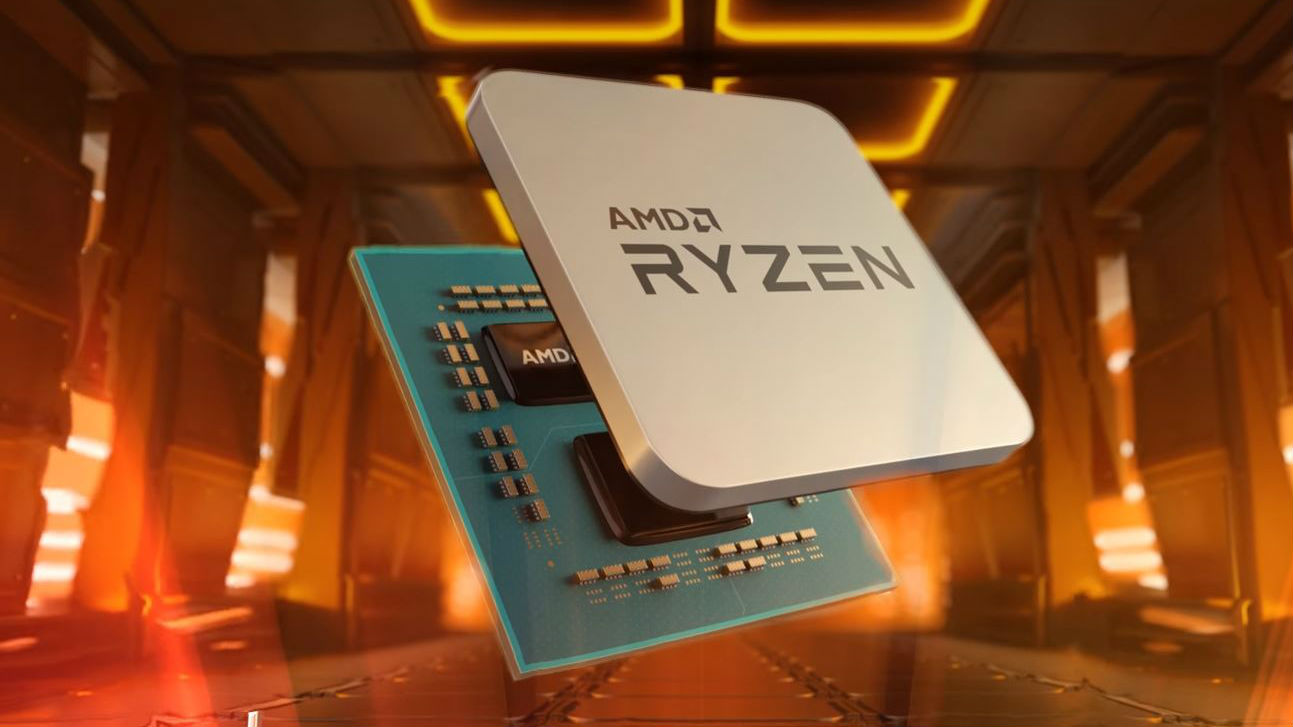The world of handheld PC gaming is on the cusp of a significant transformation, with AMD’s Ryzen AI Max processors leading the charge. These cutting-edge chips are not just incremental upgrades; they represent a fundamental shift in how we approach graphics processing in portable devices.
The Rise of Integrated Graphics
AMD Senior Fellow Mahesh Subramony recently shared insights into the company’s vision for the future of graphics processing. According to Subramony, the traditional approach of relying on gigabytes and gigabytes per second is becoming increasingly impractical. “From a graphics standpoint, I think we are shifting away from the traditional ways of gigabytes and gigabytes per second,” he explained. “It is difficult to add more and more silicon and memory, more and more expensive to go and get those significant jumps that you expect to see coming out of graphics.”
The solution lies in AI-assisted graphics performance, which is becoming crucial for both small and large GPUs. Subramony emphasized that “AI assisted graphics performance starts becoming really important” and that AMD is already employing this technology to enhance resolution and frame rates.
AMD Ryzen AI Max Specifications
The Ryzen AI Max processors boast impressive specifications that make them ideal for handheld gaming PCs. For instance, the AMD Ryzen AI Max+ 395 features 16 cores and 32 threads, 40 graphics cores, and a max boost clock of up to 5.1 GHz. The Radeon 8060S graphics model is paired with a 55W TDP, making it a formidable option for portable gaming devices.

Gaming Performance and Future Prospects
The Asus ROG Flow Z13 (2025), powered by the AMD Ryzen AI Max 390, has already demonstrated gaming performance on par with an RTX 4060 gaming laptop, even beating an RTX 4070-equipped laptop in some tests. This is a significant achievement, considering it’s not even the highest level of integrated graphics AMD offers.
The success of these processors can be attributed to technologies like AMD’s FidelityFX Super Resolution (FSR) for frame generation and resolution scaling, as well as Fluid Motion Frames 2 (AFMF 2), which increases frame rates on AMD Ryzen AI 300 processors. Additionally, Variable Graphics Memory (VGM) allows users to convert up to 75% of system RAM to ‘dedicated’ graphics memory or vRAM, further enhancing performance.
The Future of Handheld Gaming PCs
When asked about the potential for Ryzen AI Max CPUs in smaller devices beyond laptops and tablets, Subramony hinted at the possibility. “I think that is something we always do,” he said, referencing the ROG Flow as an example of a tablet form factor with significant power. “Form factor is important. Ergonomics is important. ‘Thin and light’ is important.”
While there’s no concrete confirmation on the arrival of Ryzen AI Max chips in gaming handhelds, the prospect is certainly exciting. As Subramony noted, a single chip solution like Ryzen AI Max offers advantages in terms of design flexibility and cost savings, potentially enabling new form factors that were previously impossible.
Challenges and Considerations
One significant challenge facing these advanced processors is cost. Subramony acknowledged that “advanced technology costs more” and that AMD is working to balance innovation with affordability. While Ryzen AI Max-powered products may not be cheap, they could offer better value than discrete GPU solutions.
The future of portable gaming looks promising, with AMD’s Ryzen AI Max chips paving the way. As we move towards more integrated and AI-driven graphics solutions, the potential for innovative handheld gaming devices is vast.


